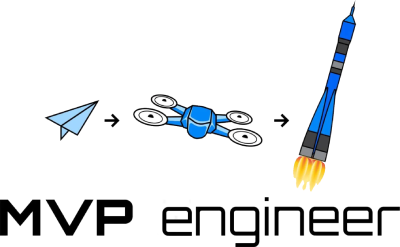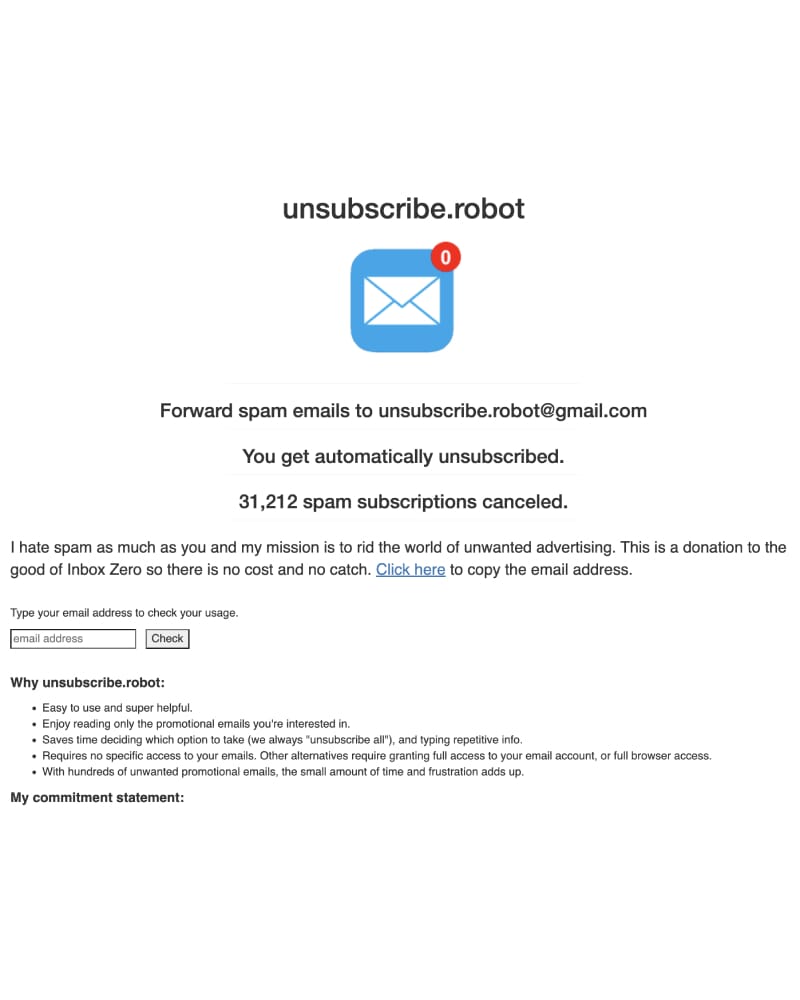Minimum Viable Products: A Guide to Building Your First MVP
Launching a startup begins with a bold idea, but passionate execution is what transforms raw vision into reality. The most direct path to validating your assumptions is by building a minimum viable product (MVP). This stripped-down version contains only the essential features to solve users' core needs. Launch it quickly, gather feedback rapidly, and iterate wildly. At MVP engineer, the word is efficacious.
Keeping your budget in mind is key when developing an MVP. Instead of starting with a list of desired features, which can be costly and time-consuming, try reverse scoping. Right now, focus on testing fundamental hypotheses with basic MVPs to propel your startup forward. Target releasing imperfect but functional early versions in weeks or months, not years.
Build MVP. Let real data from the market light the way, not internal guessing and nitpicking. The lean startup methodology is ideal for emphasizing MVP app development and deployment. Boldly build, launch, and learn.
What is an MVP (Minimum Viable Product)?
An MVP's purpose is to test key assumptions about the product and obtain customer feedback as fast and economical as possible.
An MVP should have three key qualities:
- It should have just enough features to demonstrate the core value proposition of the product. Any non-essential features are stripped away.
- It should be easily and quickly built, often using low-fidelity tools like landing pages and clickable prototypes.
- It should enable learning through real user feedback.
Why is an MVP Important?
Building an MVP provides several important benefits:
Early product validation - Reviewing key concepts and user feedback helps us see if the product is truly helpful for customers.
Saves time and money - Building a scaled-down MVP takes a fraction of the time and budget of a full product. Fail fast and cheap.
Enables pivoting - MVPs help startups adapt the product offering based on user input rather than guesswork. Pivoting earlier prevents wasted effort.
Gets to market faster - An MVP can be launched in weeks or months rather than years for a polished product. Speed is essential.
Focuses the product - Stripping away non-essential features helps startups concentrate on the core product value.
Attracts early adopters - Releasing an MVP gives potential early adopters access to the product to try it out and provide feedback.
How to Build an MVP: A Step-By-Step Guide

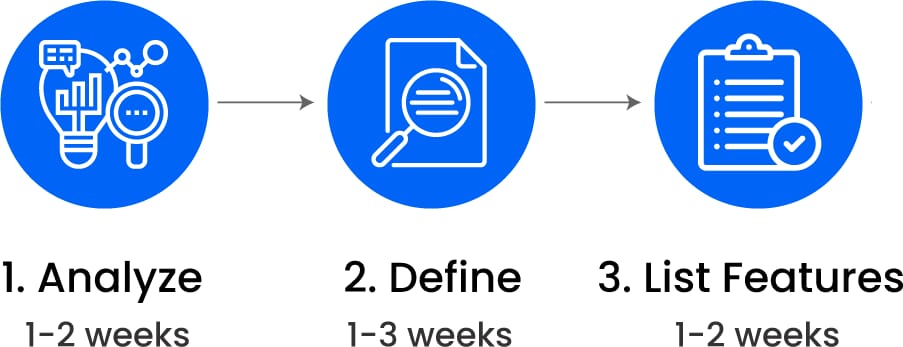
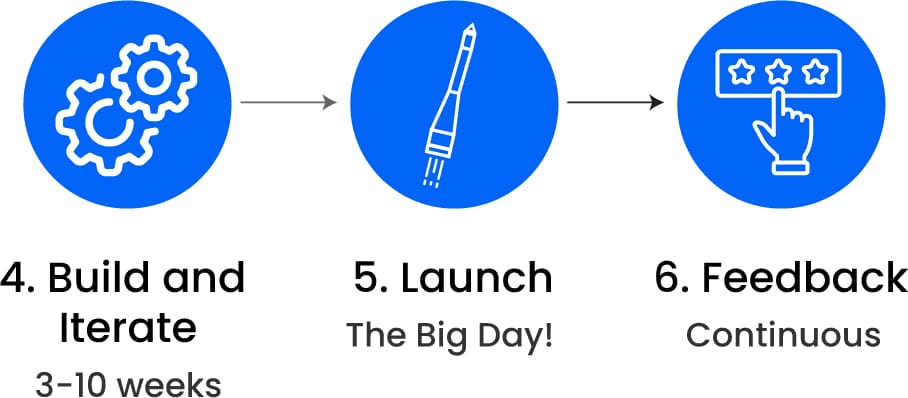
Following are the steps to build a Minimum Viable Product.
1. Analyze the Market (Identify the Problem Statement)
Most times, it is good to start with domain expertise. Start with your interests and professional experience. Finding pain points of unique demographics is the goal here. Hone in on a tiny group of people that have a core similarity.
Some examples of an appropriately sized demographic would be "mom-and-pop hardware store bookkeepers," "first-time retail investors in college," "middle school math teachers," and "cake decorators." Focus on what makes the group unique, and keep it small. Based on the final product's price, aim for your initial target audience to be between 1,000 and 100,000 people.
In this way, you have enough people to sell to, and you can build something hyper-specific that speaks to them. If you target "people who conduct google searches" or "homebuyers," you cannot garner enough specificity to make your offering compelling. Eventually, your company may service and market to a demographic of that size, but that's once you're past the MVP stage.
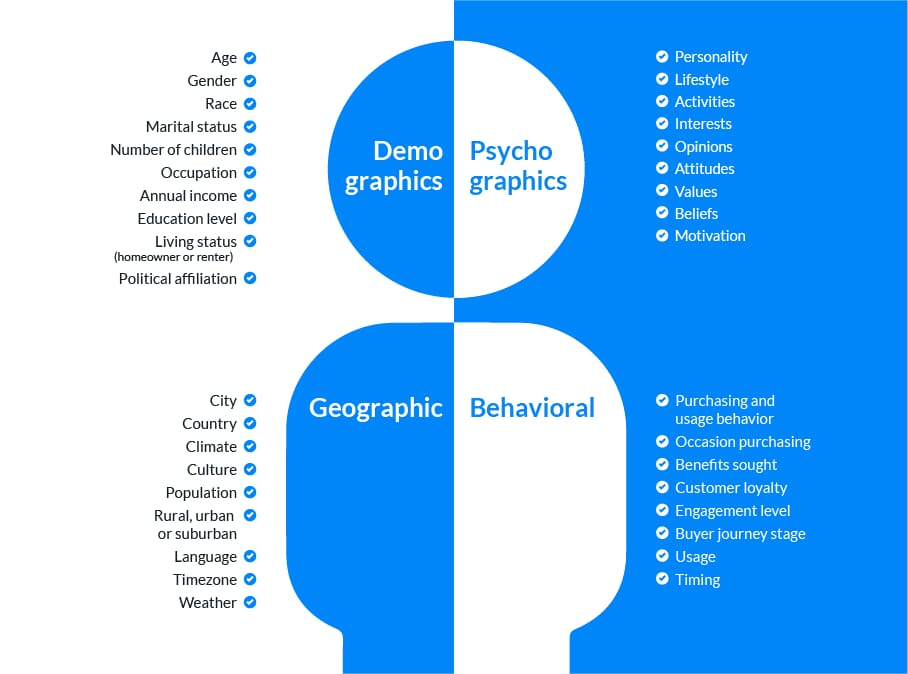
Once you have a demographic in a niche that you're an expert and knowledgeable, find a problem that technology can solve. What is a rote task that can be automated? What piece of financial, legal, or operational complexity can be systematized? How can we leverage machine learning to supercharge the intelligence of recommendations?
The bookkeepers might need faster item SKU lookup. Or the retail investors need fast access to education for one-off questions. Math teachers may spend a significant amount of time scoring handwritten worksheets. The cake decorators need fast access to preset color icing.
In the brainstorming phase, it is essential to be critical of ideas. Keep all possibilities open and keep track. Only when refinement occurs will you cut out ideas? As you narrow your focus to a single problem, consider the form of the technical solution.
You need it to be technically defensible. This means the solution must be complex enough that it is difficult to replicate. You will likely do less work than too much, so err on an ambitious solution. In the later steps, you refine the focus to build incrementally.
When developing your product idea and bringing it to the market, it is crucial to consider who your potential users are. Just using demographics to describe them isn't enough. You should also think about their personality traits like being outgoing, caring about sustainability, or focusing on profit.
These softer qualities will inform where these potential users spend their time and the types of attitudes they may have. Using this info, you can make one or two profiles of your perfect user to guide you in developing the product. This will help you ensure that you are creating a minimal viable product with a product-market fit when released.
Knowing your ideal user can help ensure that you have a successful product launch. Here is an example, Karly, a math teacher, who would be an ideal potential customer for the product example.

2. Define the Idea
This can be thought of as the investor pitch. What is the problem being solved? What is the specific solution? How will you do your value capture?
Is the addressable market large enough for your investment in the minimum viable product? What are the essential features that you need to include in your MVP to solve the problem? Who are the people who are most likely to benefit from your product? What are their demographics, behaviors, and interests?
When answering these questions, emphasize the tiny solution, different from what your company will be in 24 months. No matter your dreams and your wild success, the 24-month reality will be so far afield that it's irrelevant here. You can conduct user interviews, draw on personal experience, and do competitive analysis here.
Start with surveys and asking questions about pain points. Try not to avoid being biased toward the answer and solution. Keep your questions open-ended and nonjudgmental. Listen closely to identify patterns and commonalities between your users.
Identify where users go to get this need met today. Every need is met at some level, so be creative in who you identify as competitors. For example, in the early days of Kayak, there was no flight search engine, but travelers had their needs met. They used travel agencies, individual airlines, and resort scheduling services.
Determine the value prop (proposition). This statement clearly describes the value your product provides to your target audience. It should be concise, compelling, and easy to understand. This is the solution you're offering and the benefit you're providing to each user.
It should be a noticeable improvement over the current process or solution. Something that addresses the pain point directly. Coming back to our examples, some ideas could be: Computer vision to determine item SKU from a photo (without barcode) for the bookkeeper. An FAQ interface that dynamically delivers a list of relevant questions with one-paragraph answers with keyword searches for the college investor.
Optimal character recognition (OCR) integrated with LaTex for the math teacher. A device that automatically mixes food coloring to deliver the preset icing color for the decorator actively. When you create a minimum viable product, focus on what makes your product unique and how it can truly improve your customers' lives. Once you've defined the value proposition of your product and have a clear idea of what it offers, you can begin building out the actual product and further refining the MVP.
You need to validate your MVP idea by getting feedback from potential customers or users. This can involve conducting surveys, focus groups, or user testing to ensure your product idea resonates with your target audience and addresses their needs.
3. Make a List of Features
Here we get concrete on what we're offering. This is a list of web pages and forms necessary for the user to get value from the product. Most of this work will be on the backend to create value. This is also where we focus on the essentials.
The first thing you build will be to test with a handful of users who already bought into you as a potential partner. These close connections will be forgiving of an unpolished website but will be eager to see the progress of helpful tools. Focus on the product's core, such as the intelligence and expert systems supplying the innovation. Strip out login pages, long-term app storage, pretty CSS, and code unit testing.
Design your user flow. All decisions should be opinionated but backed by data and feedback. Expert knowledge and experience dictate how the flow should go, but it's important to remember to focus on the essential features that will make up your MVP. If you need help on how to build an MVP, it's best to start with the basics.
For example, a single camera setup with integration to QuickBooks can create entries for the SKU for the bookkeeper. A webform with a single search bar and expandable FAQs can suffice for the investor. An upload form with bulk upload for student papers and answer keys, along with a final grade export, is an ideal feature set for a teacher. This type of functionality can save a significant amount of time and effort for teachers who need to manage large amounts of student work.
Similarly, when it comes to baking, a piping device with three presets for working on a single cake can be reset for each job. This feature can save bakers time and effort by allowing them to easily switch between different patterns or designs without having to clean and refill the piping device each time. However, when designing a product, it's crucial to remember that more features do not always equal a better product.
Overcomplicating a product with unnecessary features can often detract from the user experience and make it more difficult for users to achieve their goals. It is crucial to prioritize the creation of an MVP that caters to the specific requirements of users by incorporating only the essential features.
This is an essential step in determining whether the product is suitable for potential customers. Once the prototype is ready, you can enhance it with wireframes, sketches, or other tools. Eric Ries has famously said minimum viable products are designed to 'test a hypothesis,' and the prototype should only include the core features identified that are necessary to prove the viability of the product.
Quality assurance should also be applied at each step to ensure that the final prototype meets all expectations. With this approach, you can build an MVP with minimal resources and time, thus saving time and money for further development. To develop a successful MVP, it's important to streamline the product or service by focusing on the core features and eliminating any non-essential elements. This will help you create a product or service that is easy to use and understand.
4. Build & Iterate
Stand on the shoulders of giants. Choose libraries and open-source components to make your coding tasks easier. You're bringing functionality to a new business case, but often some libraries and APIs do components of the product that you integrate in a novel way.
You can find specialists who have already integrated the library before; look to upwork for a marketplace with these experts. Upwork is generally an upside-down marketplace in software. In most places you look, developers are in short supply, and work is abundant.
On Upwork, prices are low, and engineers are numerous. This comes with a tradeoff. However, communication, tracking, and quality are challenging. But with the proper advisor and manager, it's generally the best option.
Creating a demo for each MVP component is critical for development. You can get the API or library to perform its essential function with dummy data while keeping utilities relegated to their files. This separation of concerns makes it easy to swap out libraries and maintain business logic that's clear and simple to follow.
Once you have your utilities ready, integrate them with the database—generally, PostgreSQL is preferred as a robust production-ready yet easy-to-understand relational database. Involve real users in product development to ensure a successful MVP.
Expose the backend solution to the user with a simple webpage. Stay focused on UX design and fancy CSS work, as this might distract from your core features: the work on the backend. Instead, focus on simple forms, flow, and graphs showing off your backend solution in the best light.
Once you've done that, you can take your time fine-tuning the experience and boast something visually impressive. But before that, remember to delight them with value first. After all, that's the goal of MVP software development.

Choose your hosting and deploy to the cloud. Set your static IP address, and point your domain to it. Then you'll have a live site for potential customers and investors to look at after the fact. As you publish to the cloud, do not lean on proprietary solutions.
At this stage, you do not want to test your code thoroughly. Your code is in significant flux; so much is changing. Tests more than double the number of lines to write, maintain, and debug as the codebase grows.
Building an MVP is all about creating just enough features to demonstrate the potential of your web app. This MVP approach is ideal for app developers who want to remain flexible while reducing the number of lines to write, maintain, and debug as the codebase increases.
You must be agile to create something viable to solve customer problems. You must save time. You're racing the clock and want a competitor gets to market quicker than you.
Acceptance testing and QA testing make sense at this stage. This is humans looking at the final product and interacting as a user would. This ensures some level of polish and fewer bugs.
An important distinction to draw here is functional testing vs. nonfunctional testing. The former focuses on whether the product delivers the feature promised without error. The latter are other intangibles: site performance, uptime, accessibility, load testing, security, and usability.
5. Launch
The MVP development process is often iterative, with each iteration improving the product. After completing the process of identifying the target audience and receiving feedback from friends and core supporters, the next step is to launch the product or service. Depending on the product, launching may involve organized events and press coverage to generate a greater reach.
For example, software development could benefit from launch parties designed to engage with customers and connect them with the product. In addition, a coordinated rollout through the proper channels can help ensure broader product coverage. With these strategies in place, you can be sure that your product will be well-received by the target audience.
Consider an official launch if your product requires network effects to be valuable. Coordination of press coverage, rolling out to a specific location initially to concentrate the network, and seeding the activity with engaged users are some approaches to boost launch success.
Launching a product is an important step towards generating value via network effects. However, without an effective strategy, the cold start problem can prevent users from joining the network. To address this challenge, companies must develop an effective launch strategy that can help them overcome the cold start problem.
A well-planned launch can make a big difference in attracting users to the network and creating momentum for growth. This strategy should include elements such as coordinated press coverage, which can help generate buzz and interest in the product among potential users. Another important element of a successful launch strategy is to roll out the product gradually, starting with a single geography first.
This approach can help companies focus their efforts on a specific market and ensure that the product is well-received before expanding to other regions. This allows the company to gather valuable feedback and make any necessary adjustments before launching in additional markets.
Developing an MVP with the necessary features is vital for building a web app or platform. It should be tested with potential investors, users, and stakeholders early and often to get feedback and refine your user stories. Once you have an MVP ready, you can start considering how to build an MVP launch strategy.
At this stage of the MVP, app developers should ensure minimal bugs, and the "happy path" for the UX should be refined to ensure a new user experience. It's worth investing a few thousand dollars in polishing the web app, as this is a great way to provide customers with an enjoyable experience. This will also help to validate the app idea and ensure all essential features are included.
Furthermore, customer feedback can be used to refine the UX further and make any necessary changes before launching the app. Do your due diligence to determine the scale of the launch. Do you expect 5k users or 50k users?
Use scalability testing and chaos testing to ensure your site will be robust enough to withstand the demands of launch day. Nothing puts a damper on momentum as a downed site when eager customers are ready to hand over their cash.
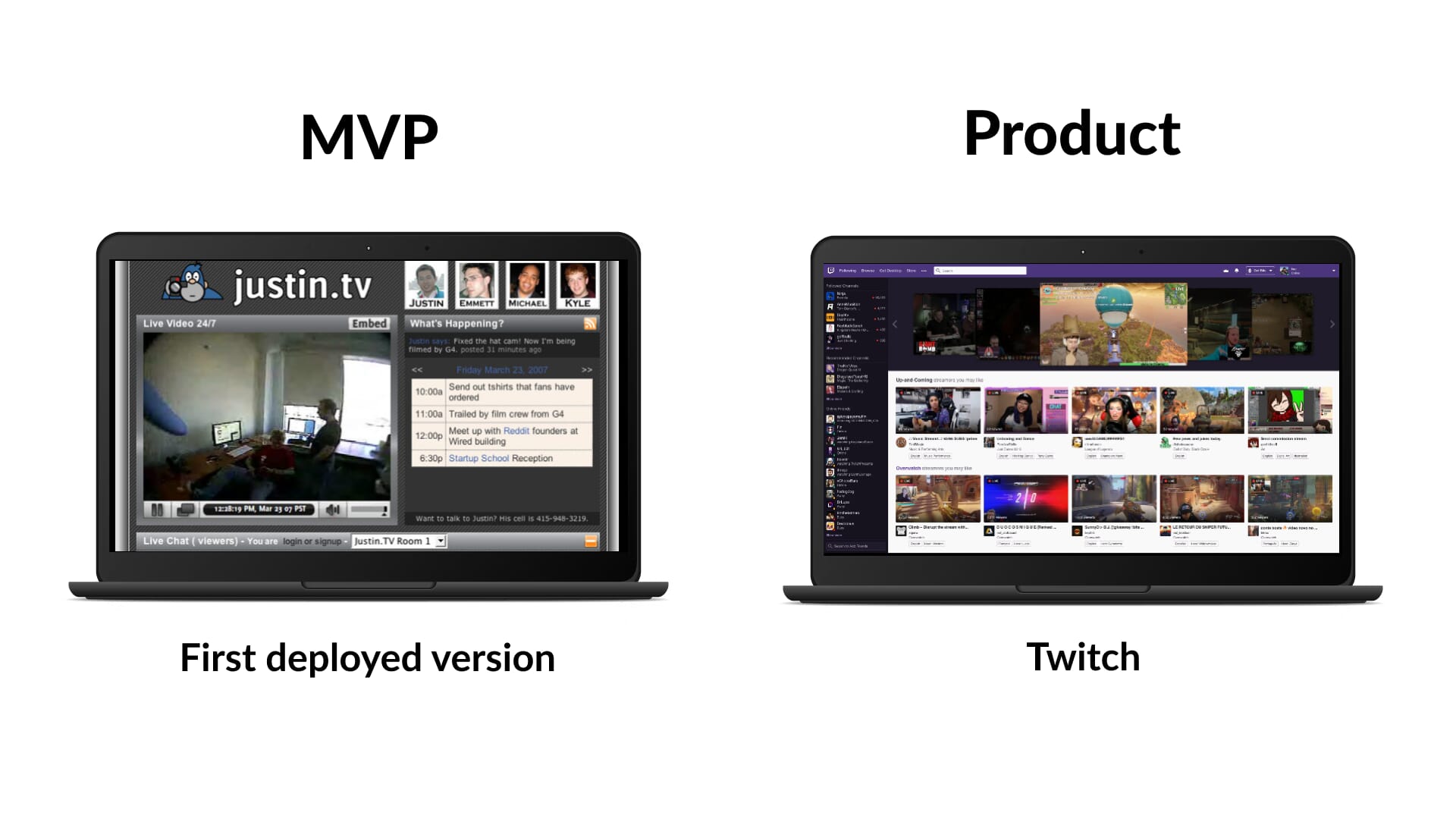
6. Examine the Feedback
It's important to remember that the development process is constant and iterative. As your user base grows, it's easy to get overwhelmed with feedback from active users. It's essential to differentiate the signal from the noise and focus on your target audience. It's important to remember that vocal minorities may have specific needs or preferences that don't necessarily reflect the needs of the majority of users.
While their feedback is valuable, it's essential to approach it with a critical eye and evaluate whether it aligns with your product's overall vision and goals. Keep in mind that addressing every piece of feedback from a vocal minority may not be the most efficient use of your resources, so prioritize based on impact and feasibility.
Additionally, look for patterns in user feedback across your broader user base. By identifying these trends, you can address common sticking points and make changes that benefit the majority of users while still providing value to the vocal minority.
Ultimately, striking a balance between addressing feedback from vocal minorities and prioritizing broader user needs can help drive the success of your product. This will help you improve the product while keeping your ideal customers in mind.
Doing so keeps a healthy balance between user feedback and feature development. Who are the ones actively using the product? What is their delight? What is their pain?
How can you expand their use, commitment, and lifetime value? Again, give an open forum for them to air their thoughts and listen intently.
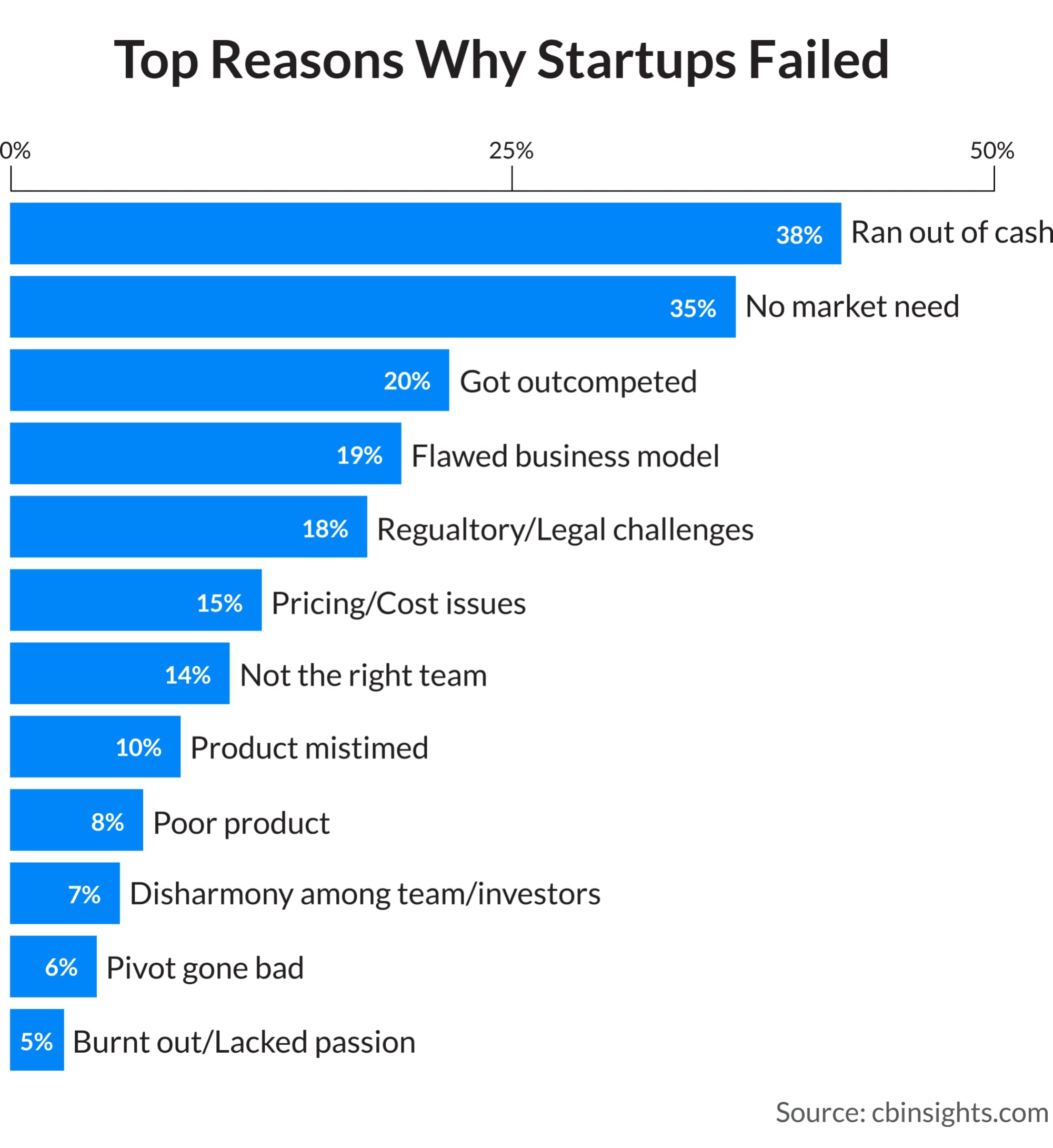
From lean methodology, we can employ the Build Measure Learn framework. This constant loop incorporates success metrics and actionable feedback to inform the build process. When building an MVP, gathering feedback is essential. You should consider quantitative and qualitative forms to understand better how the product is used.
Qualitative feedback can draw out users' emotions and provide free-form responses to questions about the product. This can spark creativity and provide more insight into hard metrics. Based on the feedback you receive, develop an action plan to address any issues or areas for improvement. This can include adding new features, improving existing features, or fixing bugs.
Additionally, usage data on activity, engagement, and abandonment are also needed when building an MVP. Understanding user stories and getting feedback from actual users is key in MVP product development, as it helps identify areas in which mobile app development teams can improve the product.
Gathering user feedback can save developers hours of unnecessary effort and ensure that their final product is well-received. It's essential to involve the development team in monitoring the metric process, as they can help to identify areas for improvement or where resources should be focused.
Define what success metrics matter to your company and bottom line. Are you seeking dollars, pain relief, eyeballs, engagement, education, and connection? Get specific and find the numbers that track that closely. Some metrics you can use include:
- daily/monthly actives
- signups
- hours watched
- product purchases
- subscription purchases
- positive feedback
- high NPS (net promoter score)
- messages sent
- connections made
- in-person meetings
- client acquisition cost (CAC)
- client lifetime value (CLV)
- churn rate
- sales bookings
Common Mistakes to Avoid When Building an MVP
Here are some key mistakes to avoid on your MVP journey:
- The mistake of not hyper-focusing on a single problem and demographic when building your MVP can lead to a lack of clear direction, as trying to solve too many problems or appeal to everyone may dilute the product's core value proposition.
- Building everything bespoke might seem like a good idea for your MVP, but this approach can lead to unnecessary complexities and delay in launching your product.
- The decision to outsource for the first time when building your MVP can introduce communication hurdles and quality inconsistencies, hindering the development process.
- Not building something polished and lovable for your MVP can negatively impact the initial user experience, potentially driving away early adopters.
- Waiting for an equity technical cofounder when building your MVP can result in missed opportunities and slow down the momentum of your startup.
- Trying to raise funding without a prototype or MVP is a common mistake, as investors typically want to see a tangible product before investing.
- Preparing for major scale prematurely when building your MVP can distract from focusing on core features and meeting the immediate needs of your early users.
- Building your MVP for all platforms simultaneously can spread your resources too thin, compromising the quality and functionality of your product.
- Waiting for your MVP to be perfect before launching can delay valuable user feedback and hinder the iterative process that's fundamental to product development.
- Building duplicate features of competitors into your MVP may make your product seem like just a copycat rather than offering unique value to users.
- Building unwanted features into your MVP can result from not validating your assumptions with potential users, leading to wasted resources and an ineffective product.
- Over-worrying about your tech stack when building your MVP can slow down development, as the initial focus should be on proving the concept rather than optimizing the technology.
Targeting the Right Market with Your MVP
Choosing the right target market is critical when launching your MVP to maximize its value. Here are some key factors to consider:
Customer Personas - Create detailed buyer personas to understand your ideal customer demographics, needs, behaviors. Design your MVP for them.
Early Adopters - Prioritize recruiting early adopters who are eager for new solutions and comfortable giving feedback.
Niche Markets - Consider targeting your MVP at niche markets that better align with your product's initial capabilities.
Geography - You may pilot your MVP in smaller geographic areas first before expanding to maximize resources.
Competitor Users - Some competitors' users may be open to trying your MVP as an alternative solution.
Influencers - Getting your MVP in the hands of industry influencers can generate valuable buzz.
Existing Contacts - People who know your team may be more willing participants in your MVP's early stages.
The Role of Feedback in MVP Development
User feedback serves as the vital lifeblood of any minimum viable product (MVP). Effective utilization of this feedback is a key ingredient in transitioning your MVP from a theoretical concept into a product that users will genuinely love.
Initially, your attention should be concentrated on reaching out to engaged users - these are the individuals who display enthusiasm about your product and are willing to share meaningful feedback. Thinking about offering rewards could be a practical strategy to inspire their involvement.
Simply put, the value of the feedback you receive often goes hand in hand with how well you craft the questions. Ensure that your feedback queries are specifically tailored to validate the assumptions you've made about your product and its functionalities. This approach can help unearth crucial insights that might not surface with more general questions.
Observation plays a crucial role in the feedback process. By closely monitoring how users interact with your MVP, you can identify areas where they struggle and thereby discover opportunities for improvement. This includes not only the initial interaction but also continuous usage over time.
The collection of data should be a continuous process, drawing from user interactions at every stage of the product life cycle. A one-time collection of feedback isn't sufficient for a product that is expected to evolve and improve over time.
Being responsive is essential in this iterative process. Feedback hits home when it's acted upon quickly, leading to product tweaks that not only boost the user experience but also nurture a sense of trust in your product.
Remember that this is a marathon. Continuously testing your product with users and implementing their feedback should be a recurring theme in your product development cycle. Analyze the feedback, make improvements, and then repeat the process.
Lastly, be aware of potential biases in the feedback you receive. It's important to seek diverse perspectives to ensure that your MVP is refined to cater to a broad range of user preferences. This approach helps to guard against the risk of your product being overly influenced by a limited set of opinions.
In essence, it is the quality of user input that has the power to transform your MVP from an educated guess into a product that users truly love.
Post-MVP: What's the Next Step?
Navigating the journey post-MVP launch requires careful thought and strategic planning. Once user feedback starts coming in, it can be tempting to immediately begin building additional features. However, this could lead to a lack of focus and scattered development efforts.
The first step is to analyze the feedback and data from users carefully. This analysis can reveal opportunities and help prioritize future developments. After a thorough review of the feedback, start conceptualizing future enhancements and new functionalities. Make sure these ideas are informed by the user needs identified in the feedback.
Next, develop a roadmap for your product. This strategic plan should sequence the development of new features based on their potential impact, the needs of users, and the estimated development time. As you plan, formulate new hypotheses about how these additional features will contribute to the user experience. These educated assumptions will guide the development and testing processes.
As your product continues to evolve, remember to broaden your testing efforts. Involving more users in the testing process will provide a more robust validation of new directions and features. And always be ready to iterate on your MVP. Releasing updated versions that incorporate validated features allows for ongoing refinement of the product, based on real user feedback.
Finally, don't be afraid to pivot. Being open to changing your strategy based on what you learn from your users is far better than rigidly sticking to a predefined path. It's crucial to remember that the journey post-MVP should be guided by real user data, not assumptions. In this way, your product development remains grounded in the needs and experiences of the people it serves.
Final Words
Developing a minimum viable product is a pivotal process for any startup to begin validating their solution with the market. While MVPs require rigor and strategic thought, they do not need to be complex endeavors. By focusing on the critical assumptions and core functionality, startups can utilize MVPs to collect the learning needed to build products users love in the most capital efficient way.
Just remember to keep iterations fast, feedback loops tight, and always let the data from users guide next steps. Reach out if you're convinced MVP engineer can help you bring your business to life.
Frequently Asked Questions
What should be in a Minimum Viable Product (MVP)?
An MVP should contain the bare essentials that address the user's problem. It's the simplest version of your product that still delivers value.
How do I get ready to make an MVP for my product?
To prepare an MVP, identify the core problem, understand user needs, and design a simple solution. Plan for user feedback to refine your product.
What makes a prototype different from an MVP?
A prototype is a preliminary model used for testing technical concepts. An MVP validates the product idea itself by getting a version in the hands of early customers.
How much time does it take to make an MVP?
Most MVPs can be built in 1-2 months since they are typically very basic versions focused on critical features. Avoid anything longer for your first MVP version.

